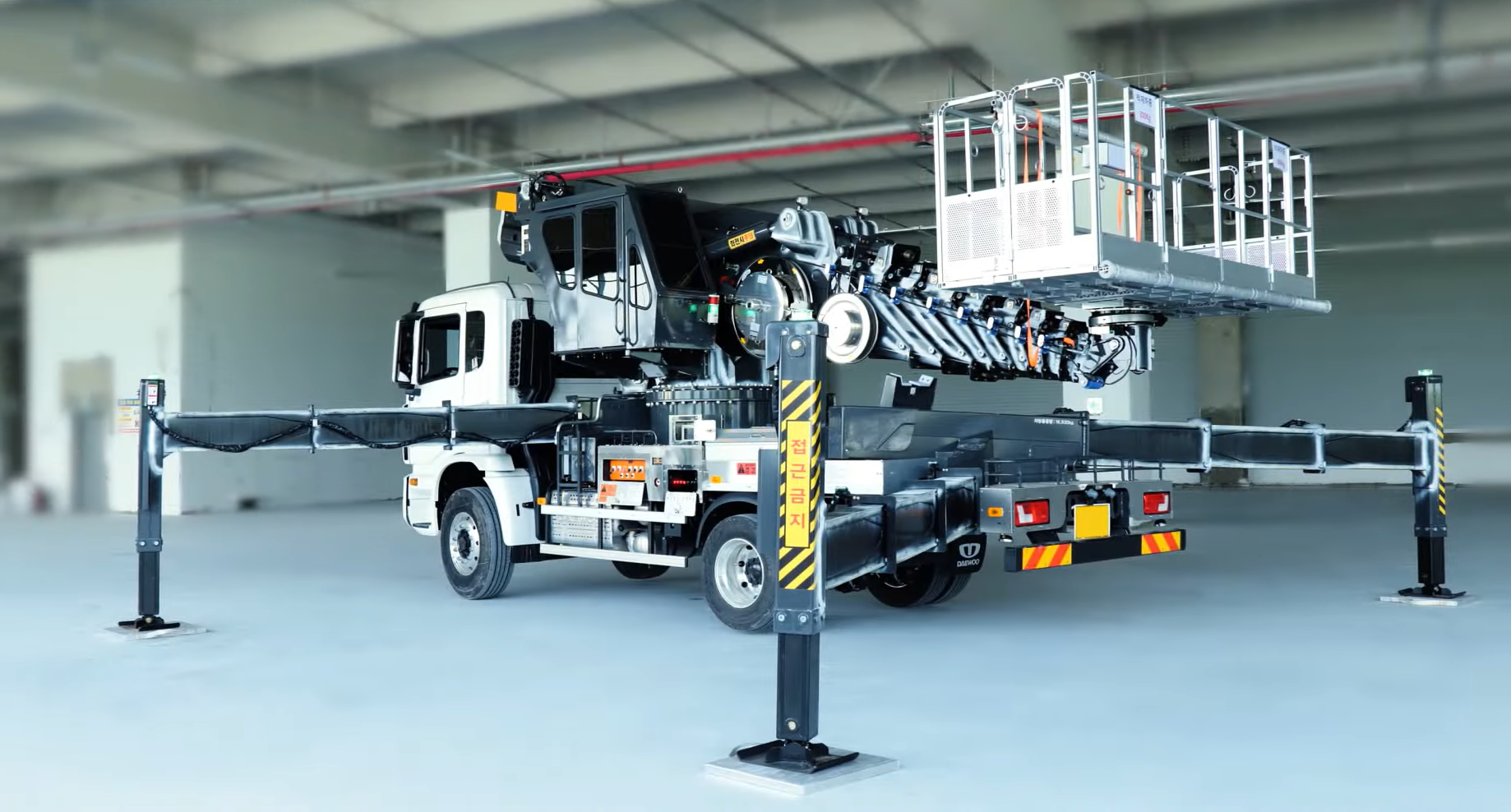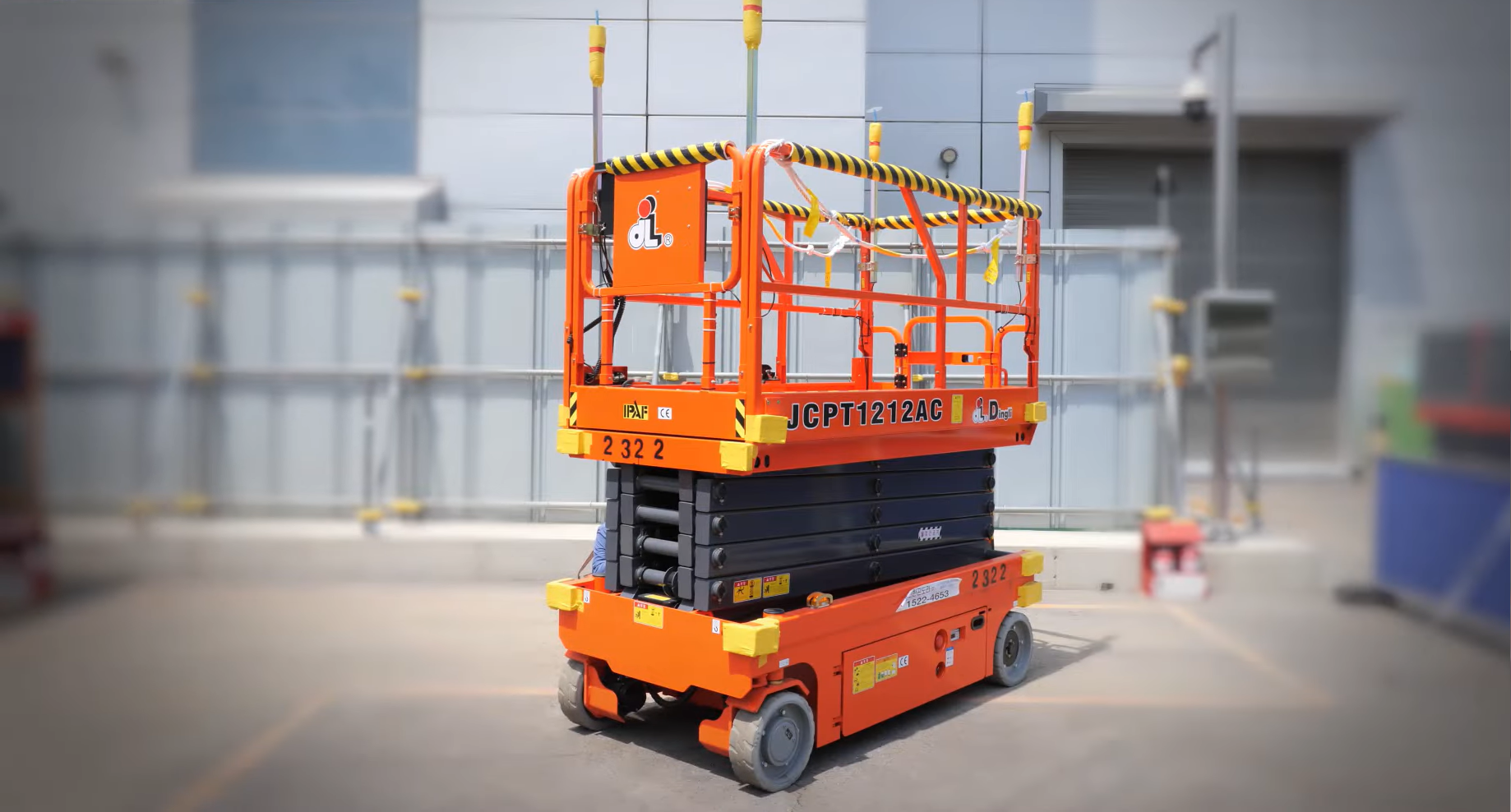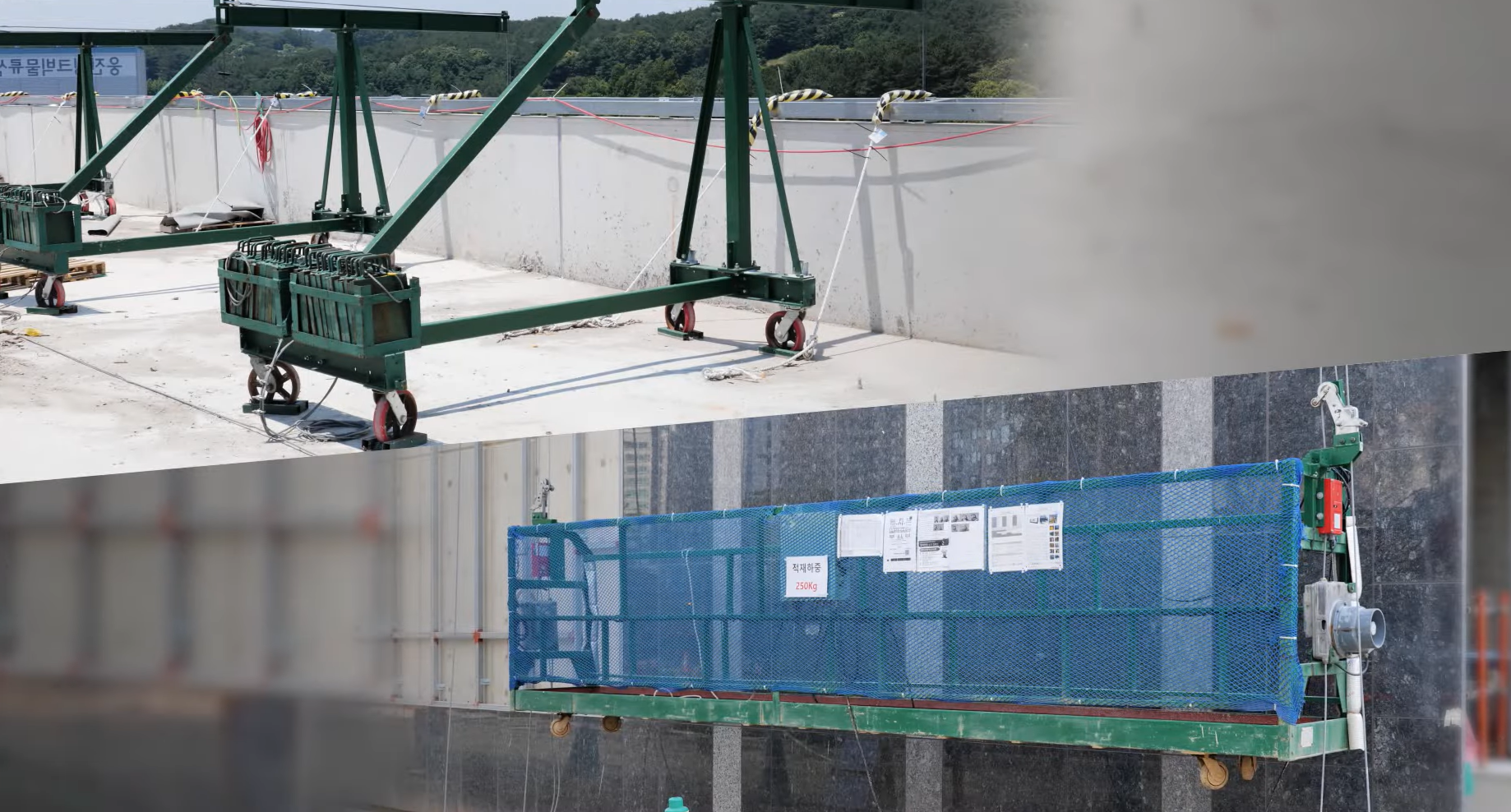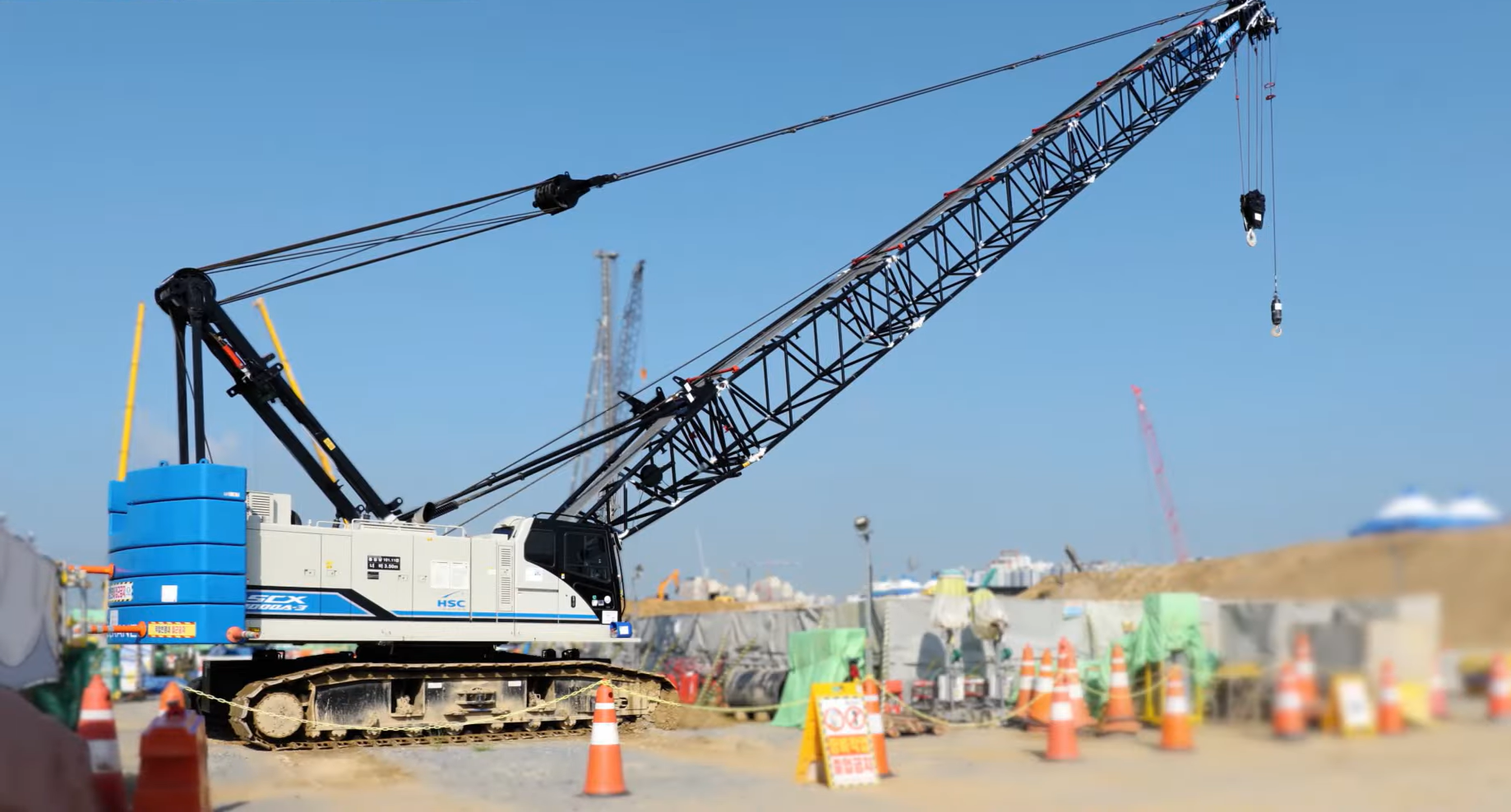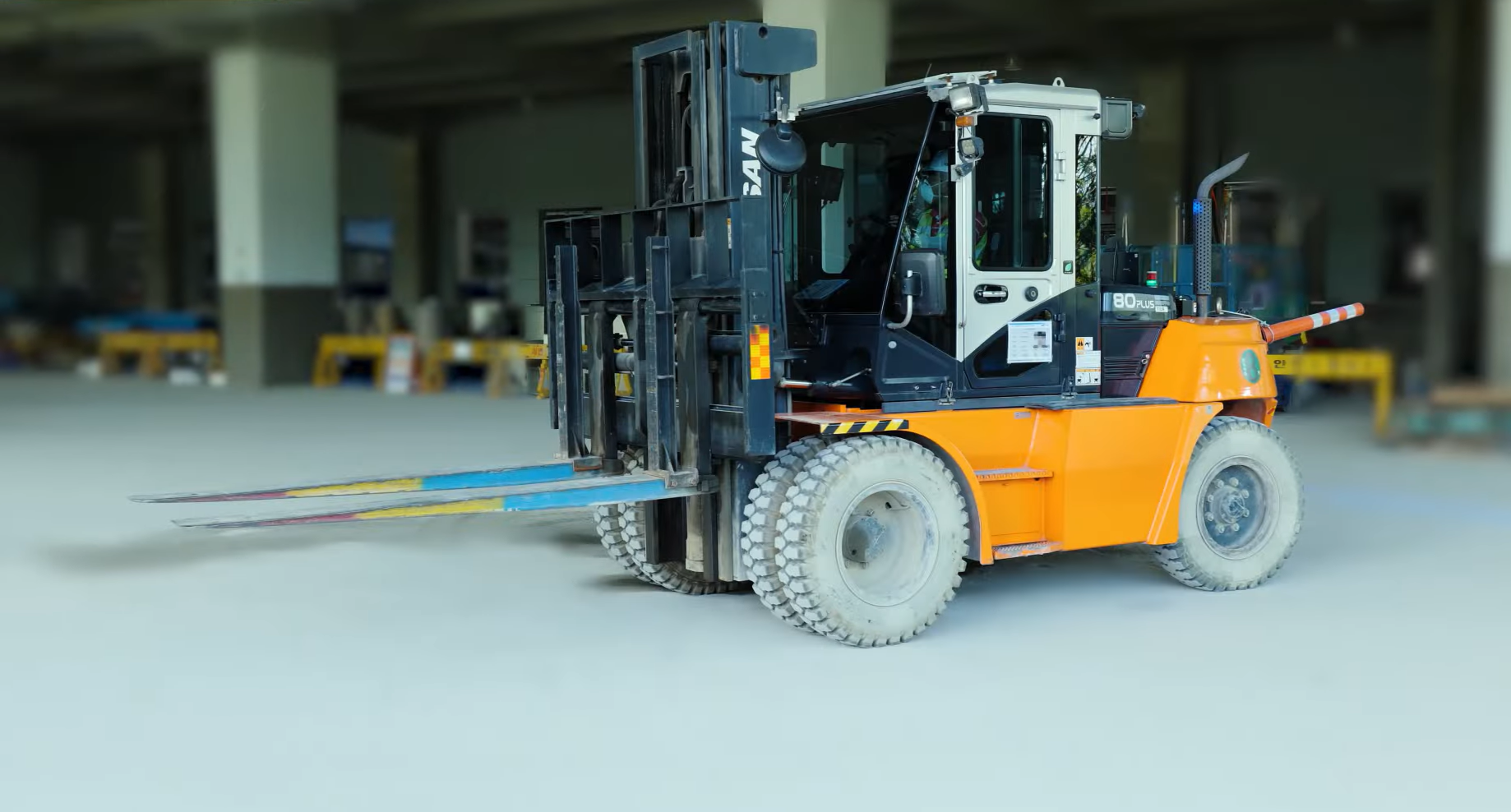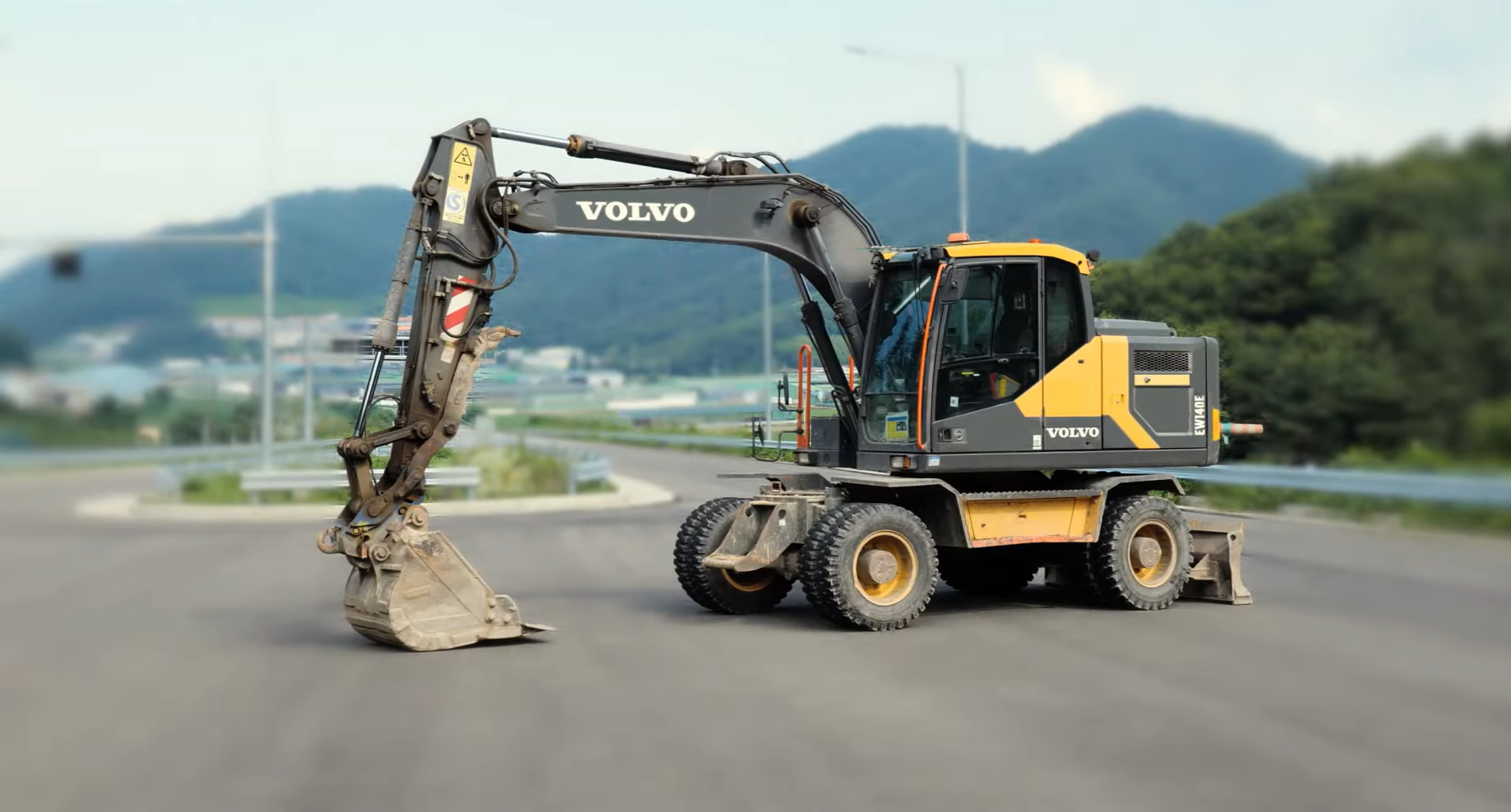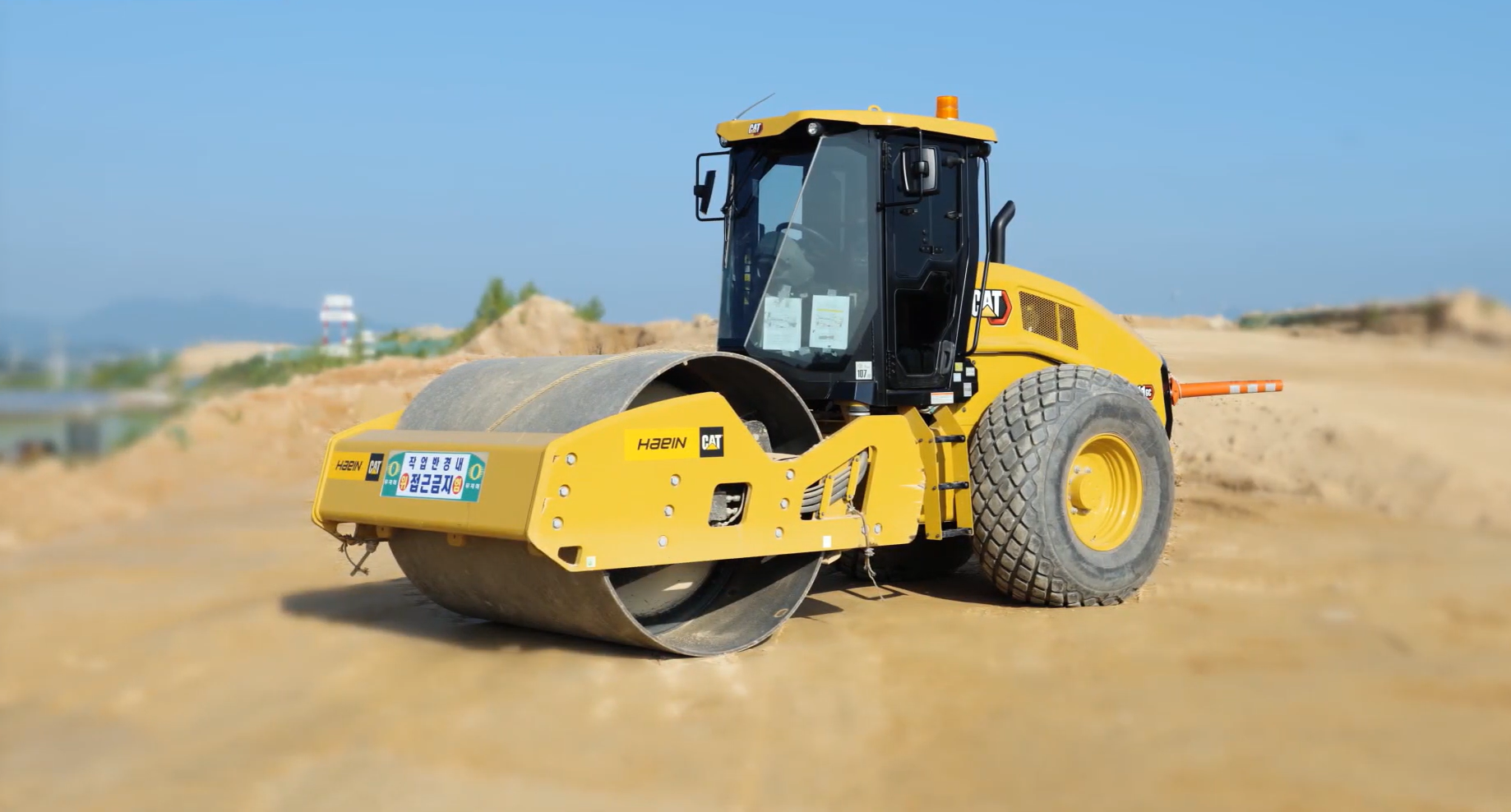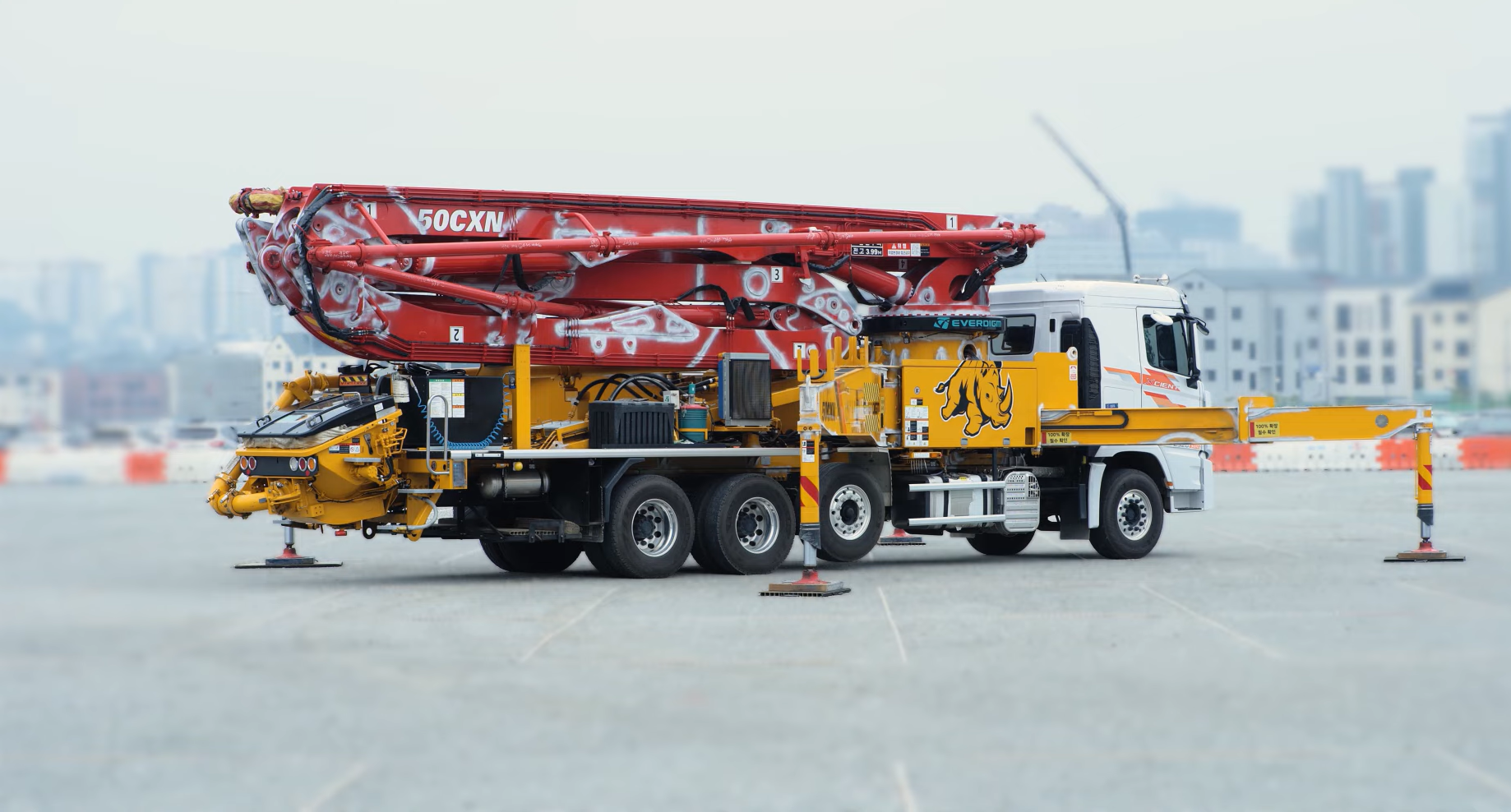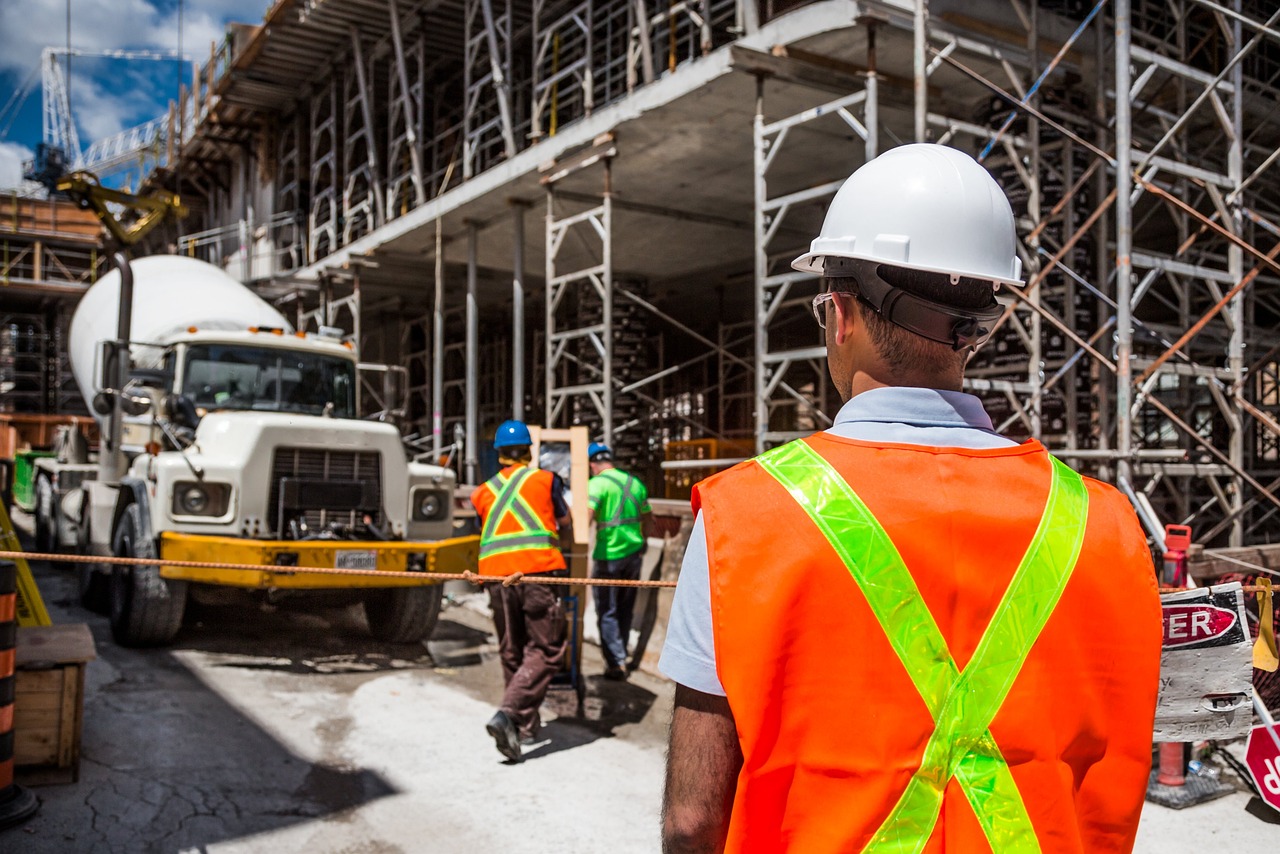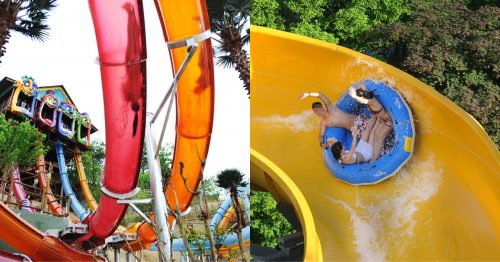On a construction site, countless pieces of equipment are needed. While varying in size and function, all equipment has this in common: it must be properly maintained and inspected before use and operated safely to ensure the health and safety of workers. Let’s learn from Samsung C&T Engineering & Construction Group about several different categories of equipment and how to operate them safely.
Machinery safety
Construction machinery can be divided into three broad categories: machines that help construction workers get to where they need to work, machines that move construction material, and machines that do actual construction work.
On construction sites, workers often need to reach areas that are hard to access, such as higher floors and ceilings. Equipment that does this includes aerial work platforms such as a mobile aerial work platform or a suspended scaffold or gondola. When moving heavy construction components and other materials around a site, several pieces of equipment are indispensable, such as a loader, a mobile crane, or a forklift. There is also equipment that does the difficult work of construction that would otherwise take much longer and involve more labor, for example an excavator, a roller, or a concrete pump truck. Each one of these machines has its own safety points to focus on, but they also have some things in common.
Samsung C&T Engineering & Construction Group carries out construction projects globally using many equipment types of equipment. The Group has an excellent safety record; let’s learn some general rules for construction equipment safety from Samsung C&T.
Safety tips before work
To avoid accidents while working, it is crucial to follow some basic safety steps before commencing. The first thing is a work plan. This plan must be consistent with the task that is to be performed, and the operator must be thoroughly familiar with its content.
Next, establish a safety perimeter and warning signals. A spotter or flagger, someone who monitors safety and directs traffic around the equipment, may need to be assigned. All the major structural parts of the equipment (for example, boom, hydraulics, wheels, or tracks) must be checked for wear and tear as well as structural damage, or looseness.
Much modern construction equipment has built-in safety features, such as emergency brakes, reverse rotation devices, constriction accident prevention mechanisms, and emergency descent systems. It is important to check that these are not switched off or disabled. Where there are ropes or cables, ensure they are not twisted, frayed, or distorted. And, of course, check that the fire extinguisher is in good order.
Safety tips during work
Once inspection has been completed and approval is given, work can begin. But that is not the end of safety consciousness.
If there is a spotter or flagger, that person must keep a watchful eye on all movement, making sure the perimeter is kept clear and hazards are avoided. The equipment operator must follow the spotter’s directions. Where equipment is moving or a boom is in operation, it is important that everyone not involved in the task maintain a safe distance.
Also when moving, equipment must be driven slowly to avoid accidents. The operator of a piece of heavy construction machinery must make sure that the warning signals (such as a vehicle motion alarm or outrigger motion beeper) must not be switched off but are functional. Moreover, safety cameras must stay switched on during operation and checked regularly. Finally, maximum loading guidelines, for people or materials, must be followed.
Samsung C&T Continues Efforts and Innovation to Establish a Culture of Safety
By following the above guidelines, inspecting equipment and working carefully can become a part of daily life, helping prevent accidents.
Samsung C&T’s top management goal is safety. Indeed, since Samsung C&T fully guaranteed workers’ stop-work authority if there is a risk or hazard in March 2021, a total of 53,000 exercises of this authority have been exercised at 113 sites, and a safety culture centered on worker participation has been established.
Furthermore, Samsung C&T has created infrastructure to secure safety at all project stages, including safety-related budget items, smart safety technologies, and design safety review and application in line with increased standards for safety and customer needs. The group plans to continue to support professional manpower and technology so that these activities to improve the autonomous safety management capabilities can spread throughout the construction industry.


